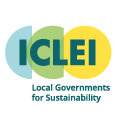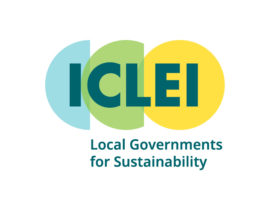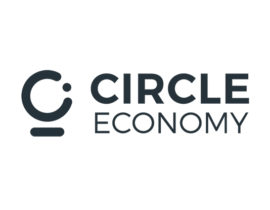“With this program, we are launching a digital platform for cities that offers knowledge, actionable insights and tools to support the implementation of practical circular economy solutions, helping them achieve their sustainability goals. This digital platform will continuously evolve and offer updated content and new features as more cities engage with it. We welcome user feedback so we can continuously develop content and release features based on cities’ specific needs.”
– Ivonne Bojoh, Head of Digital, Circle Economy





